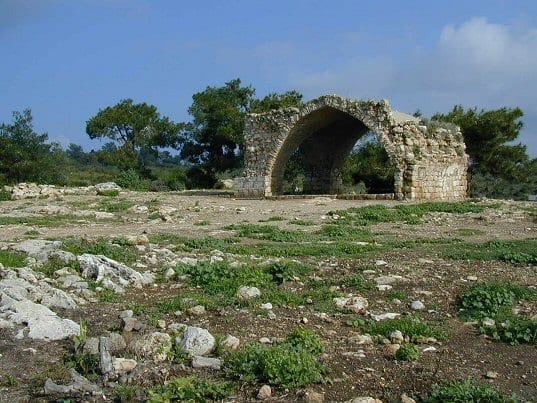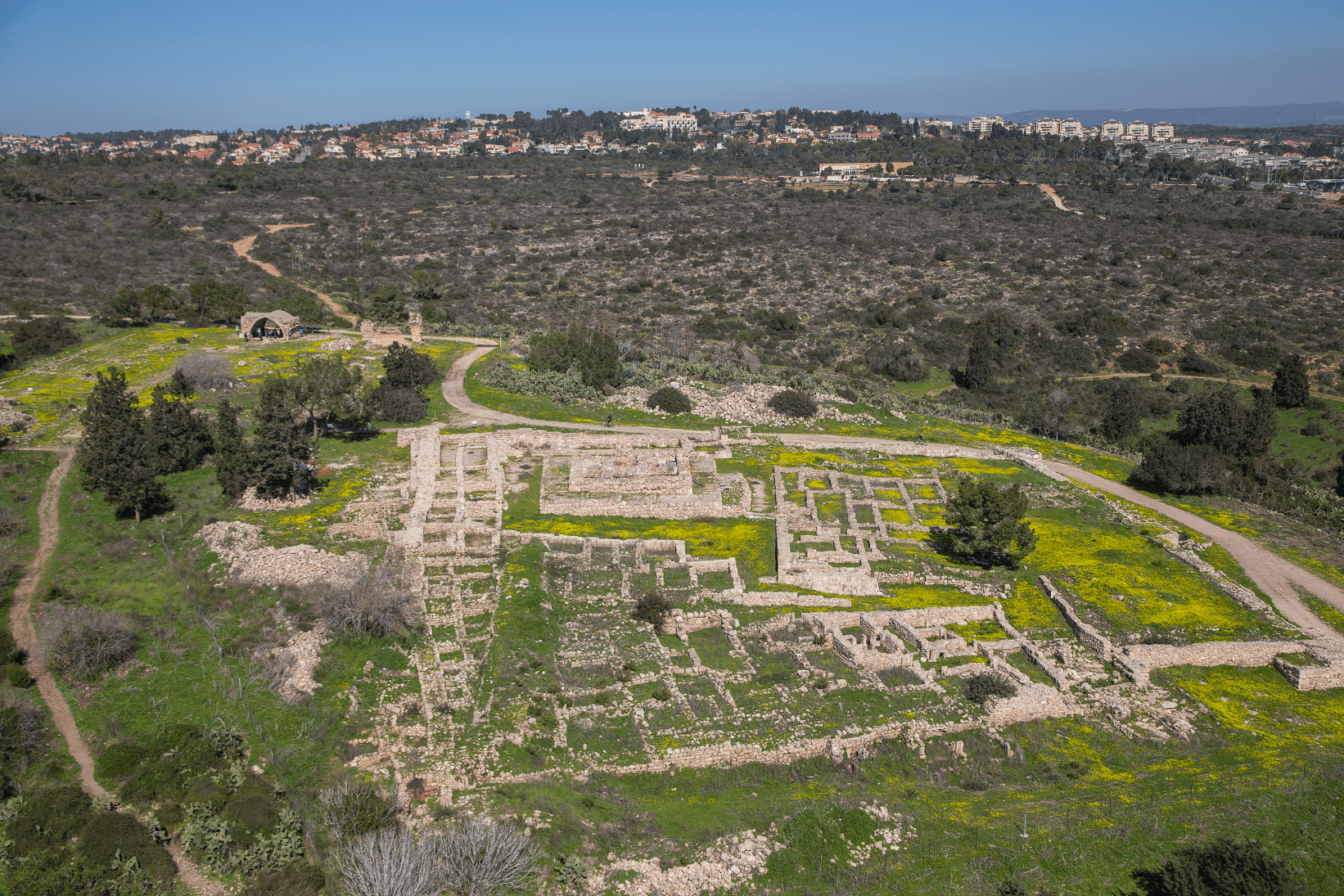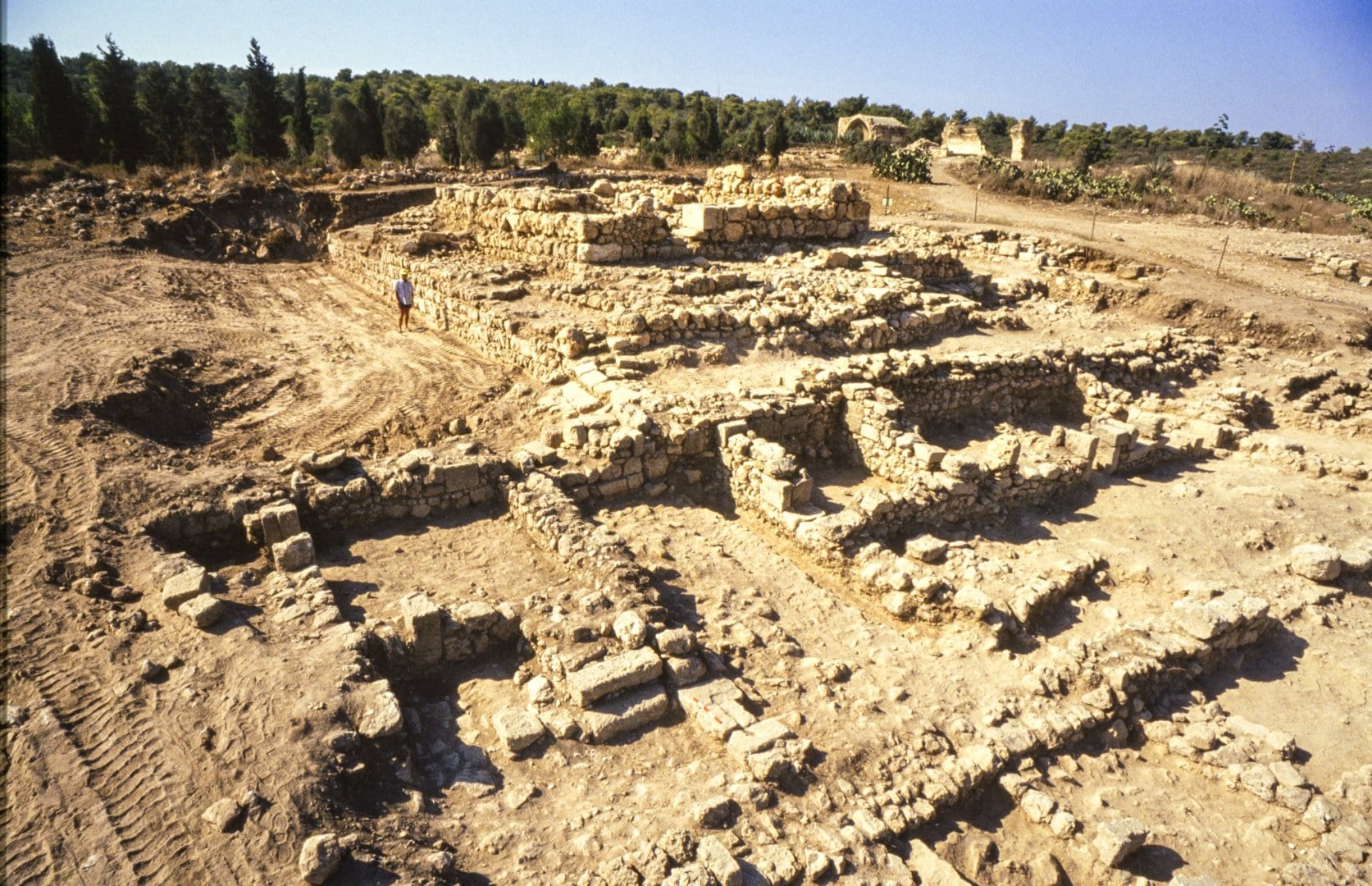
1913-1946
Early Jewish Settlement at Ramat Hanadiv
Amnon Lahav
One who hikes the trails of Ramat Hanadiv would find it very difficult to imagine how the region looked about 100 years ago, at the end of the Ottoman Empire. The landscape and physical conditions were completely different in those days. One could see rocky areas with a few cultivated fields, isolated trees, a few small, poor Arab villages on the edges of the ridge, two farmhouses housing a few poor tenant farmers, and above all the presence of the huge swamp at the foothills of the ridge, with its reed thickets and herds of buffalo. The sky abounded in the vultures that nested on the cliff at the western edge in those years.
A few hints of modernization were the poles of the telegraph line running from Haifa to Jaffa, which passed through the area, and a small plot of mulberry trees for breeding silkworms, which were planted on the edges of the swamp by the Huri family, wealthy Arabs from Haifa who purchased the land during the 1880s.


